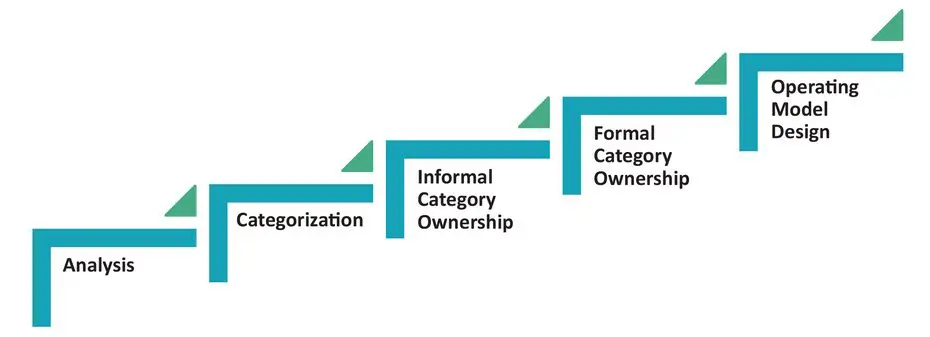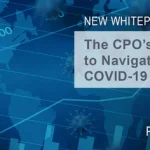
Category Management may not be known as simple, but it doesn’t need to be scary either. Whether you’re a Procurement leader who has implemented Category Management or are thinking about it, here are 5 simple truths about Category Management:
-
Category Management is the most evolved Procurement strategy of the 3 common approaches
(tactical, strategic sourcing, and category management)
-
- The simplest form of procurement is at the tactical purchasing stage – executing orders (3 bids and a buy)
- Higher levels of strategy are employed at the Strategic Sourcing stage to capture more supplier value and to consolidate the supply base
- Category Management uses in-depth market insight to drive value to entire categories and evolves in real-time as the market changes
-
Category Management is not a one-time implementation and then you’re finished. It’s a continuous evolution.
Category Management is about continuous improvement of life cycle costing. It’s a dynamic approach that requires proactive management and an evolution towards peak effectiveness, which is a moving target that changes with market dynamics.
-
A deep understanding of the market place is required
A key component of Category Management is deep knowledge of the marketplace. The Category Lead should develop a deep understanding of their categories and stay up-to-date on the latest developments so that the procurement approach can be optimized to the market’s offerings.
-
Category Management does not require hiring or implementing a Category Manager from the start
Category Management evolves through an iterative process of categorization, category ownership, and eventually instituting formal roles. A Category Point of Contact can be assigned to start to manage a category as the transition to Category Management occurs.
-
Procurement’s primary role in Category Management is to guide the buyer (Business Unit) using a series of targeted questions
By addressing the key questions about Demand and Forecast, Financial, Operational Requirements, and Quality, you’ll have fulfilled your responsibility as the procurement advisor, having:
-
- Examined the historical purchasing patterns
- Addressed the key financial strategies
- Aligned with stakeholders on the distinct features and requirements necessary
- Set expectations for what quality looks like and how it should be delivered
If well-executed, Category Management will produce far greater results for your procurement department and the organization than more elementary procurement approaches. A well-implemented Category Management structure will facilitate stakeholder alignment through the benefits of deep market knowledge. It will also enhance long-term vision and strategic planning through historic data tracking, bring visibility to progress through benchmarking, and motivate the workforce by developing expert knowledge in dynamic categories.
Subscribe to Arroyo Strategy Insights to access whitepapers, presentations, plus our latest thought leadership.




